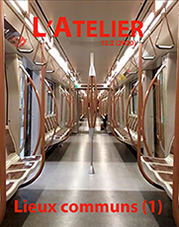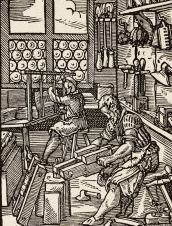Ethan Frome and New England : the writing of common place
Abstract
Making a stand against the allegedly superficial local color tradition, Edith Wharton's Ethan Frome (1911) aims at confronting the harshness of New England rural life. By appropriating a set of topoi, the narrative seemingly takes up, and subverts, the hackneyed regionalist tradition. In the guise of a New England tale, it questions the region's ability to give shape to a common space and configurate a community defined by human relations rather than submission to a common law. Relying on Jacques Rancière's study of the common, this essay examines how the narrative investigates the common to bring out the uncommon and unshared that is inherent in it. It argues that by articulating a naturalist perspective with modernist strategies, Ethan Frome nonetheless reconfigures the place to make it the site of a new community. The narrative thus reshapes the region and articulates it with the nation’s « imagined community » (B. Anderson), while defining beyond a dialogical common space – simultaneously narrative, poetic and pictural – that gives shape to a transnational aesthetic community.
Downloads
Published
Issue
Section
License
- Work submitted for publication must be original, previously unpublished, and not under consideration for publication elsewhere. If previously published figures, tables, or parts of text are to be included, the copyright-holder's permission must have been obtained prior to submission.
- Authors of accepted manuscripts will assign to L'Atelier the right to electronically distribute their article, or publish it in any form (Internet, CD ROM, printed copy) but authors will retain copyright and, after the article has appeared in L'Atelier, authors may republish their text (in print and/or electronic form) as long as they clearly acknowledge L'Atelier as the original publisher.


